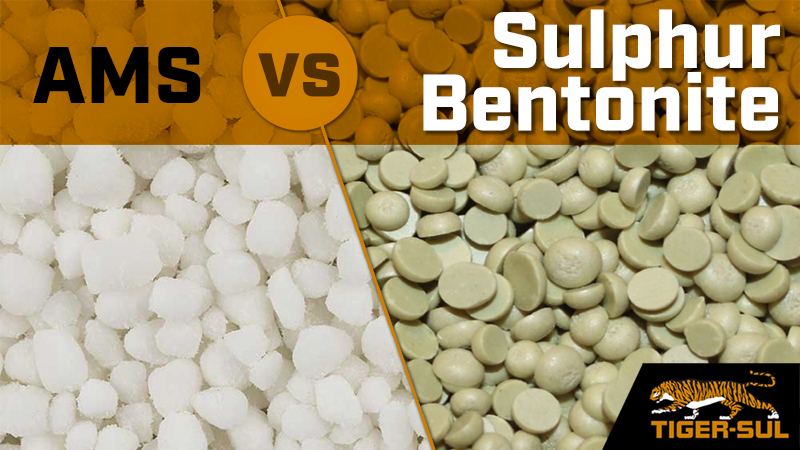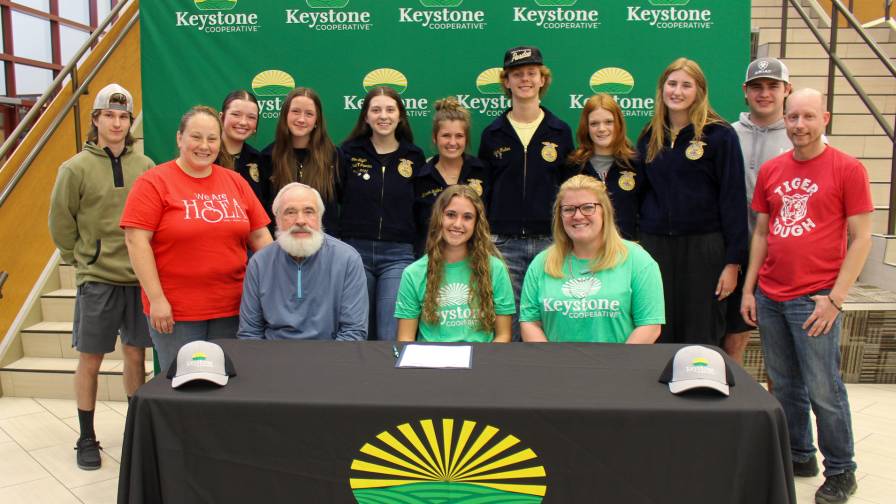Finding The Right Fungicide
Retailers have heard this question from growers as often as the Extension experts: “What is the best and cheapest fungicide to use if I get Asian soybean rust in my soybean fields?”
This critical question is the basis for a three-state research project, “Standardized Foliar Fungicide Test For Control Of Asian Soybean Rust.” Some of the key questions the researchers hope to answer include when is the best time to apply soybean rust-labeled fungicides to soybeans? How much product will remain active if it’s applied early? If it’s sprayed after soybean rust arrives, how effective are the fungicide’s curative qualities?
The cooperative effort is led by project leader Melvin Newman, Extension plant pathologist at The University of Tennessee and a member of the National Soybean Rust Committee.
The Southern Soybean Promotion Board directors approached Newman at the National Soybean Rust Symposium last fall with grower check-off funding in hand. But here’s the rub: So far, Asian soybean rust had not reached Tennessee soybean sentinel plots or commercial fields, meaning Newman had the funding but not the appropriate field set-up. (As of presstime, Tennessee has still been unaffected by soybean rust this season, too.)
Newman decided to pull together researchers in points south who were already dealing with the actual disease: James Marois, University of Florida; Bob Kemerait, University of Georgia; and Ed Sikora, Auburn University in Alabama. “To get the ball rolling, I looked for the states with last year’s most reliable rust infestations,” he explains. “We just know they’re going to have rust, and have it early enough to check the efficacy of the fungicides.”
The study — which focuses on optimizing fungicide timing and use — is independent of any bias from fungicide manufacturers. The group agreed on 13 to 14 requirements to ensure data consistency, including using a randomized complete block design when planting the fields and a core of 12 fungicide treatments.
The View From Georgia
Georgia’s Kemerait chose project sites in Attapulgus, Moultrie, and Tifton. The pattern of two 40-foot untreated/2 treated rows are replicated six to seven times. “You really get a good amount of disease, so the untreated rows stand out,” he says. Rust arrived late this season, which Kemerait attributes to the dry weather.
The plots have been sprayed with a variety of triazoles, strobilurins, triazole/strobilurin combinations, and chlorothalonils.
With harvest just around the corner, the results of the disease and yield ratings will be in soon. “This is primarily a timing experiment,” says Kemerait. “When is it too early to spray and when is it too late?”
For more on this project and our Asian soybean rust research series, visit www.rustready.com.





